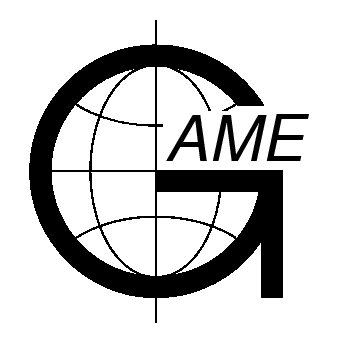Abstracts for the 5th International GAME Conf.

3-5 October 2001
Aichi Trade Center
Nagoya Japan
On Measuring and Modeling of Surface Energy Partitioning on the Tibetan Plateau
J. Kim (1), T. J. Choi (1), N. Y. Chae (1), J. K. Hong (1), Z. Gao (5), I. Takayabu (6), J. K. Kim (7), J. W. Kim (8)
(1) Laboratory for Atmospheric Modeling Research/Department of Atmospheric Sciences Yonsei University, Korea
(5) Chinese Academy of Meterological Sciences, China
(6) MRI/JMA, Japan
(7) METRI/KMA, Korea
(8) Lawrence Berkeley National Laboratory
Land-surface characteristics play an important role on mesoscale and regional-scale weather and climate. Long-term monitoring of surface fluxes in Asia now receives much attention worldwide with the establishment of measurement networks such as AsiaFlux and AAN. Particular interest lies in monitoring surface fluxes (using eddy covariance) in key landscapes that exert critical influences on regional cycles of energy and water. Several surface flux groups in GEWEX Asian Monsoon Experiment (GAME)-Tibet and the Tibetan Plateau Experiment (TIPEX) have examined the closure of surface energy balance at the eddy correlation sites. It was found that mean values of energy budget closure (e), defined as the ratio of the sum of sensible and latent heat fluxes to available energy, ranged from 0.5 to 0.9. This apparent lack of budget closure was unexpected for these relatively flat, homogeneous flux sites with sufficient fetches on the plateau. It has come to our attention that such an imbalance is not uncommon in other major field campaigns (e.g., FIFE, BOREAS). In this study, the energy budget equation was revisited. Its theoretical background and the likely errors associated with each budget component were examined based on the field observation. Furthermore, these measured flux data were used to examine the performance of a few selected land-surface flux schemes (i.e., SiB, SiB2, LSM, NOAH) in partitioning the surface energy fluxes over a simple but critical landscape on the Central Tibetan plateau. This study is supported by the Ministry of Science and Technology through National Research Laboratory Program; by the Climate Environment System Research Center sponsored by the SRC program of Korea Science and Engineering Foundation; and by the Brain Korea-21 Project of the Ministry of Education. Field experiment was supported by the Ministry of Education, Science, Sport and Culture and NASDA of Japan and the Global Environment Laboratory at Yonsei University through G-7 Project of the Ministry of Environment of Korea. Special thanks go to Mr. Heechoon Lee for his excellent support in field data collection and all other GAME-TIBET members for their dedication and encouragement.
Submittal Information
| Name : | Date : |
| |
| Organization : | Theme : |
Laboratory for Atmospheric Modeling Research/Department of Atmospheric Sciences Yonsei University, Korea | |
| Address : | Presentation : |
Yosei University Dept. of Atmospheric Sciences,134 Shinchon-dong Seodaemun-ku Seoul 120-749, Korea | |
| Country : | Abstract ID : |
| |
| Phone : | Fax : |
| |
| E-mail : | |
| |

